James Langan
Copyright James Langan/RoadTraveler All Rights Reserved
Resource: Toyo Tires

Trucks, Tech, Reviews, ADV Travel
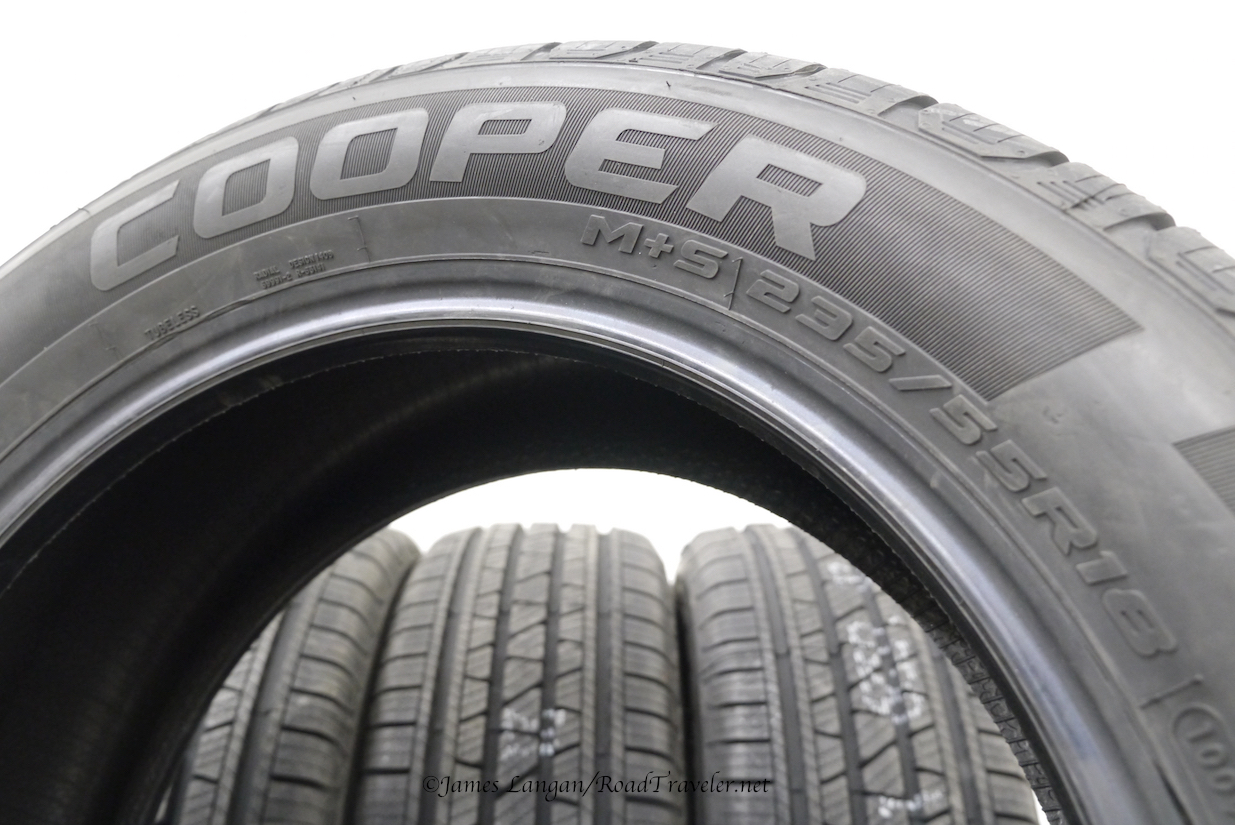
Our 2005 Lexus RX 330 was one of the cleanest and best maintained used vehicles we ever purchased. For the first 11 years of life it logged just 52,000 miles, and it was religiously dealer-maintained.
Still, it needed a few things, new brakes were one and new rubber another. The tires had more than legal tread—though that’s not saying much, as legal is only 2/32” most places during the dry months—but certainly not as deep as we prefer for all-weather traction. Tires are expensive, so we postponed getting replacements for over a year. We stretched the worn Michelins through the first winter, but before Jack Frost arrived again we wanted new rubber on the car.
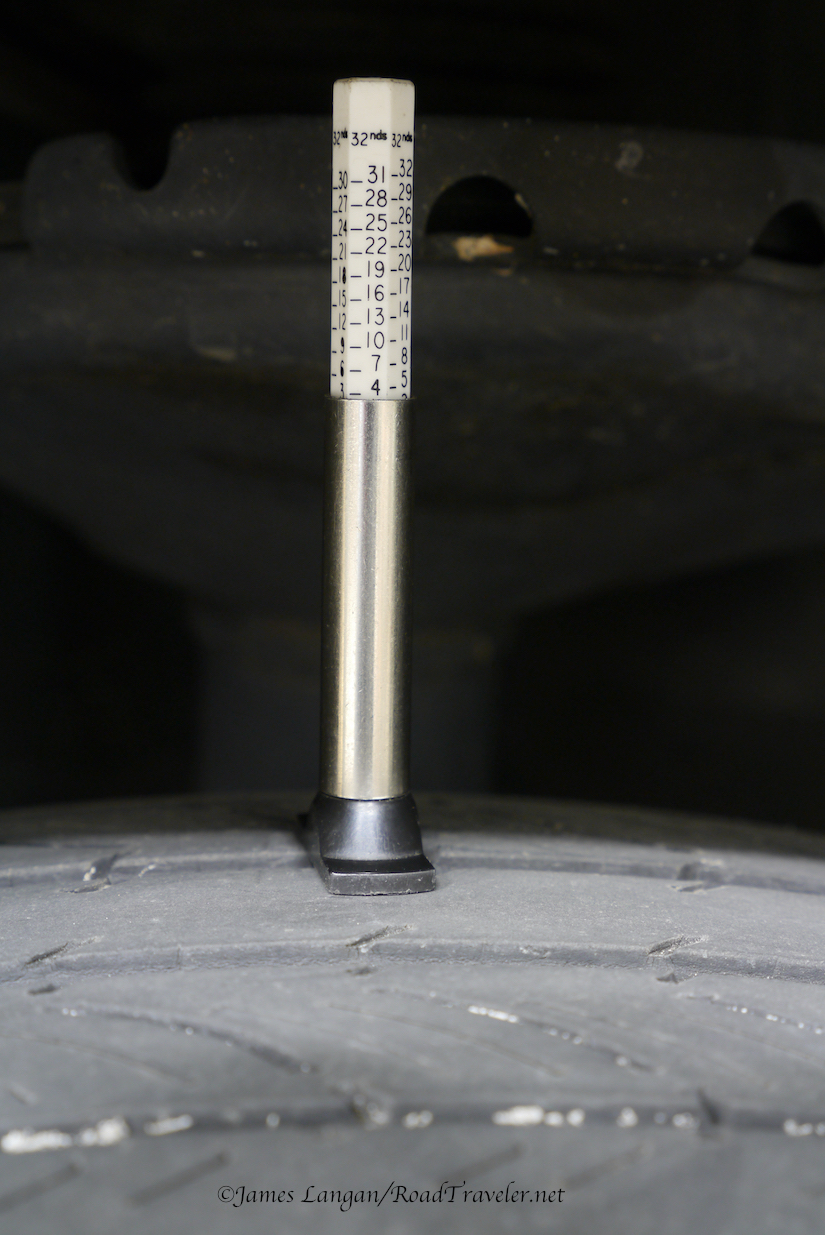
Waiting was good, because at the 2017 SEMA Show, Cooper Tires announced 30 new sizes in their Discoverer SRX SUV/CUV line, originally introduced in 2014. One of the new sizes was exactly what we needed for the RX 330, a 235/55R18.
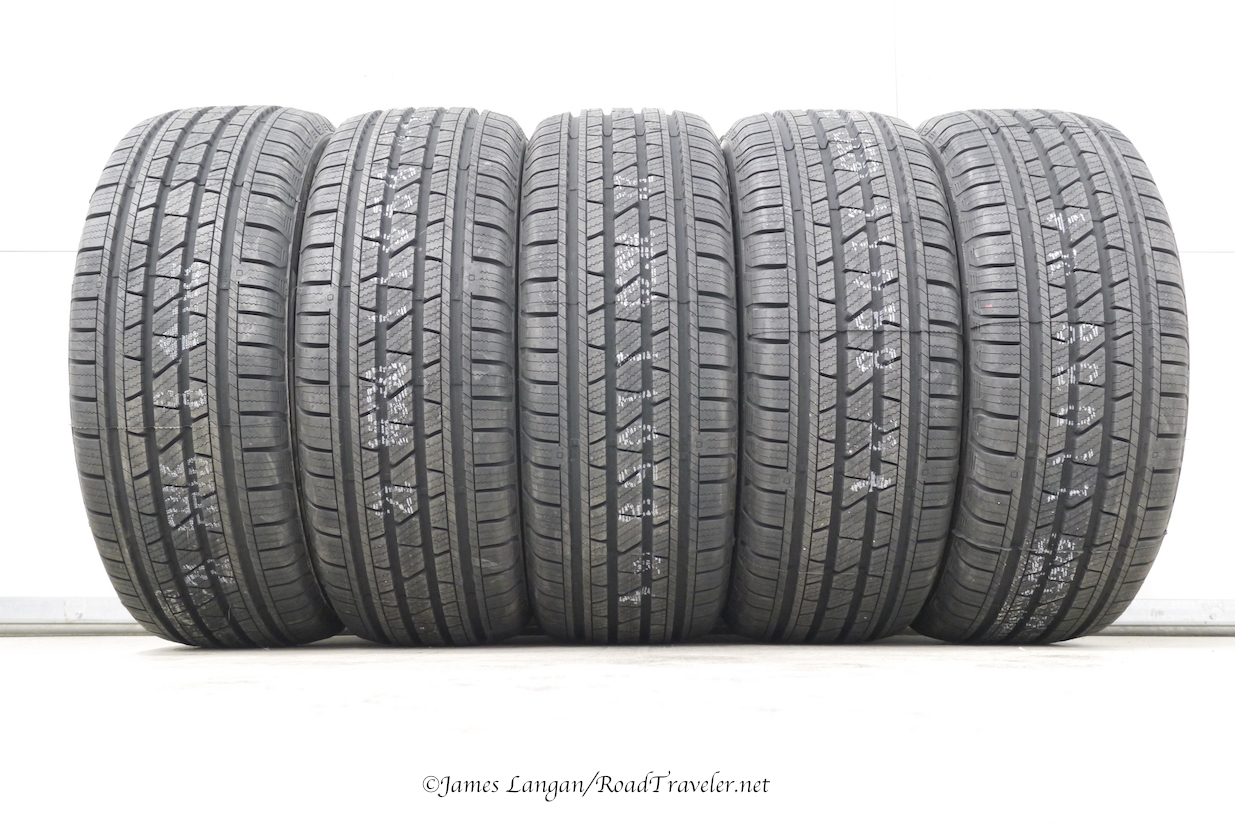
Discoverer SRX
The Discoverer SRX is an all-season design that blends innovative technology with advanced engineering to deliver long tread life, a quiet and excellent ride, with improved efficiency for a wide range of applications. Our size has a 65,000-mile treadwear warranty. Key features include:
•3D Micro-Gauge™ sipes maximize tread contact with the road surface to
grip the road better
•Optimized five-rib tread pattern evenly distributes the load across the tire’s
contact patch leading to improved treadwear, responsiveness and handling
•Traction grooves facilitate the expulsion of water away from the tread surface
effectively reducing the potential of hydroplane while increasing grip
•Winter edge feature creates a higher snow-grip area in the tread to provide
better traction
•Stabiledge™ helps stabilize the tread elements during driving conditions,
enhancing steering precision
•Wear Square™ treadlife indicator gives consumers a convenient way to gauge
the amount of wear on the tread of the tire, showing when it is time for replacements
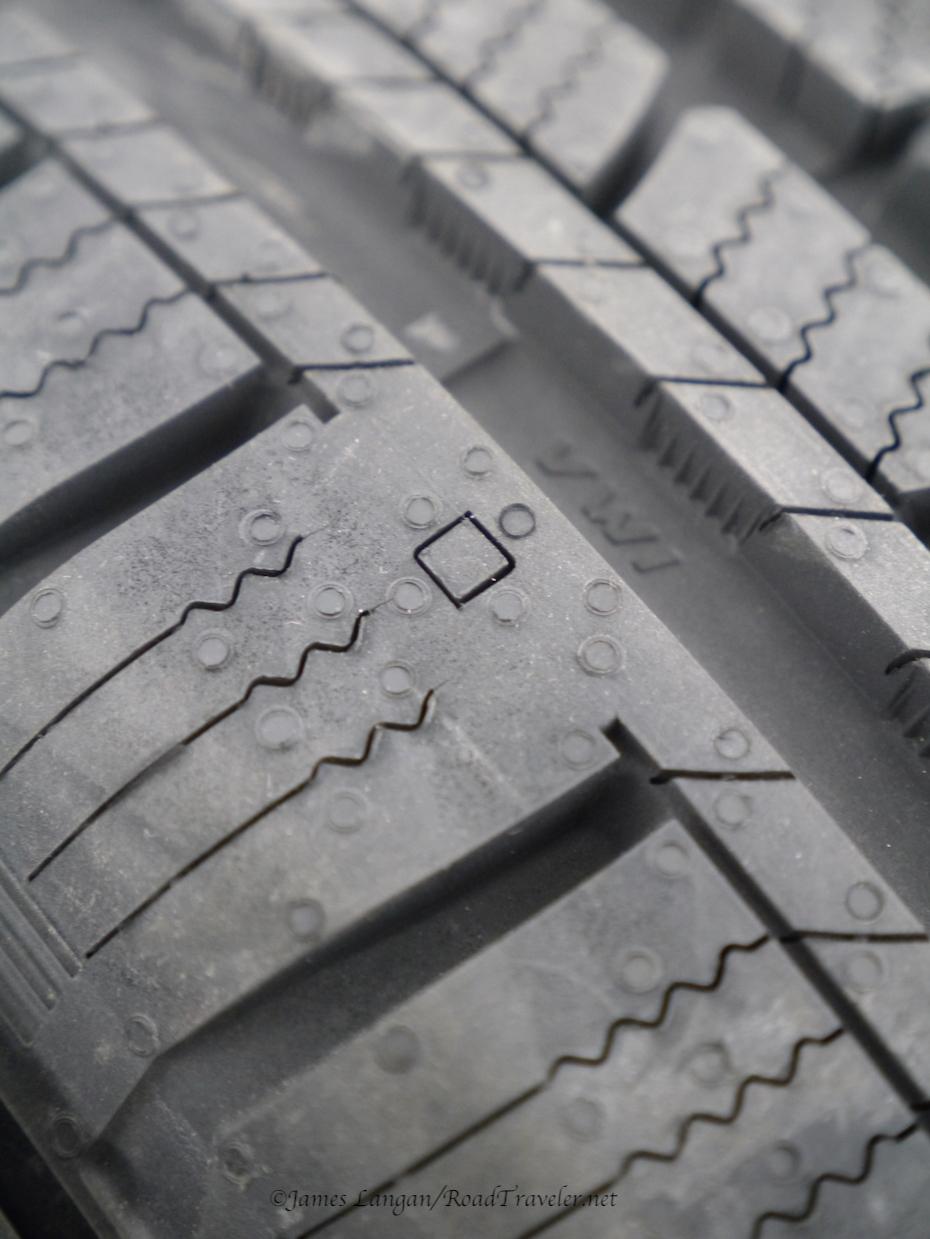
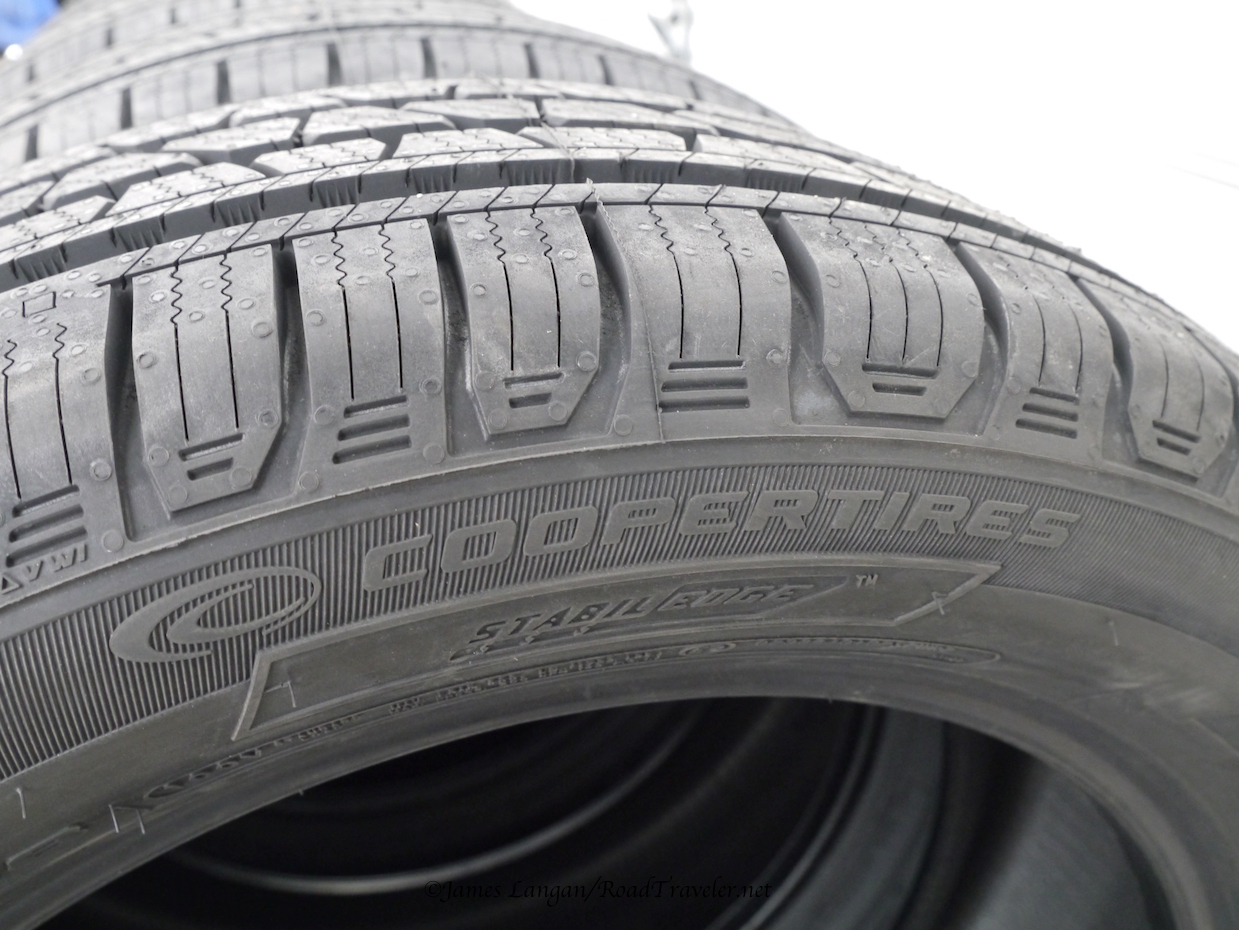
Drivability Backgrounder
Our Lexus RX 330 was a replacement for my wife’s 2013 Volkswagen Jetta Sportwagen TDI with a 6-speed manual transmission. Unfortunately, the TDI was bought-back by Volkswagen as part of their diesel-emission-cheating debacle. The little diesel VW was fun to drive and very economical. The RX is a nice, luxurious SUV, but does not drive or perform like the TDI, and fun is not an accurate descriptor. The Lexus has a soft, marshmallow-like suspension compared to other vehicles we have owned. It is neither a modern sedan nor heavy-duty truck, but the masses must love them as we see them everywhere. My wife says it is her soccer-mom or grandma car. We like the RX 330 fine; it’s just a very different ride for us.
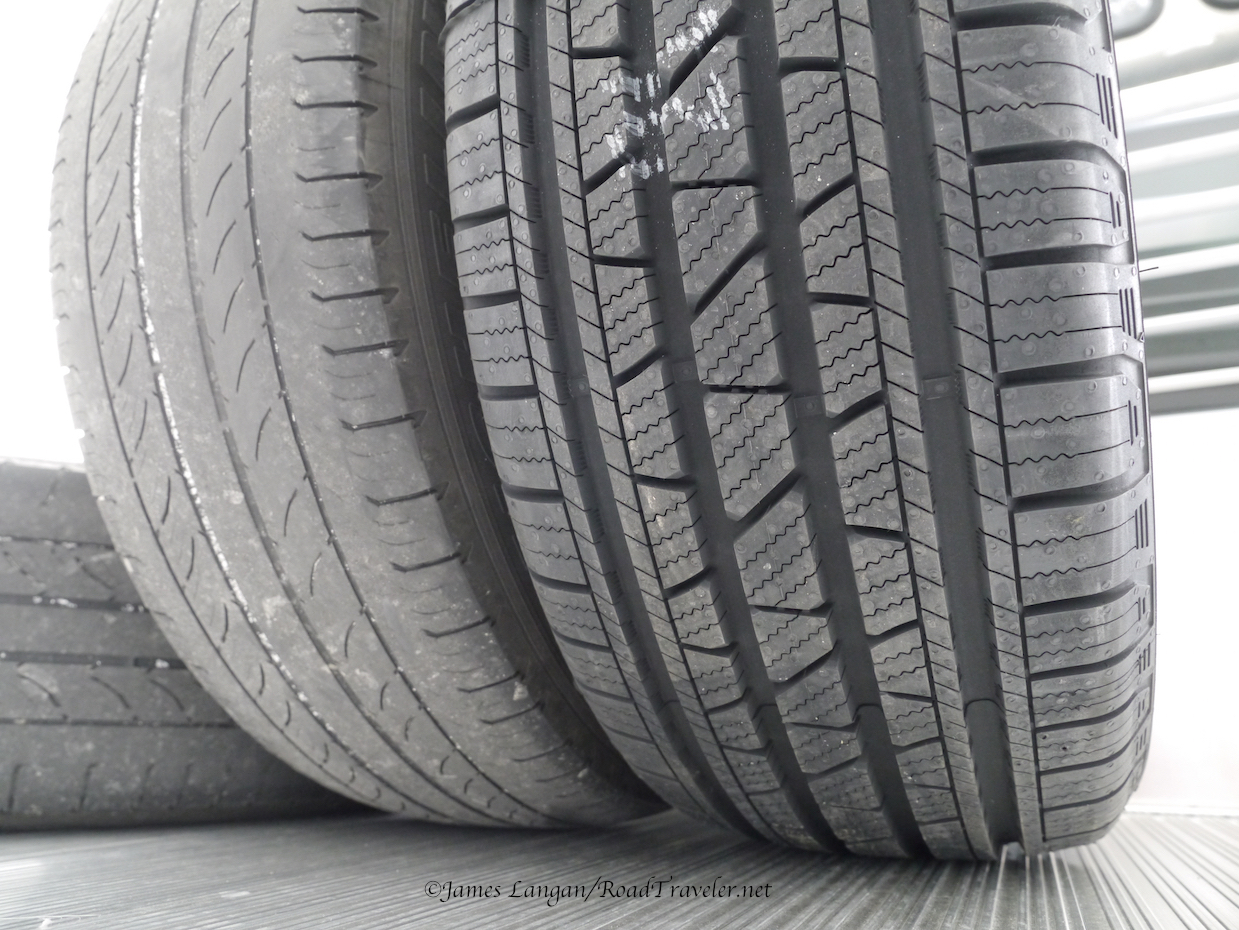
Acknowledging and understanding how different the VW and Lexus platforms are, we both still thought that the RX drove poorly compared to the TDI. The alignment was checked by a trusted, journeyman expert. All was well. If anything needed attention in the near future it would likely be the independent-rear-suspension (IRS), where the camber was just within specification. The front was fine, and there was no need for adjustment. However, the Lexus had a distinct tendency to drift right or left, often requiring constant steering input to keep the car tracking forward, even on relatively straight and level roads.
Cooper Tires Fix A Problem
My extensive experience with light-truck rubber has shown that changing treads sometimes involves compromises. Some designs have a tendency to pull one direction or another on some chassis, or exhibit other unpleasant traits, and mechanical adjustments may be needed to return drivability to acceptable levels. It’s almost impossible to know how a particular pattern will work on a vehicle until you try them. Boy were we in for a surprise….
Mounting the Cooper Discover SRX to the Lexus produced no drivability quirks. Quite the opposite, the Cooper Tires were a dramatic improvement. The Discoverer SRX made the RX 330 drive much better, the wandering was gone, and constant correction was no longer necessary to go straight. The old, worn rubber was the problem. Our little SUV had been transformed!
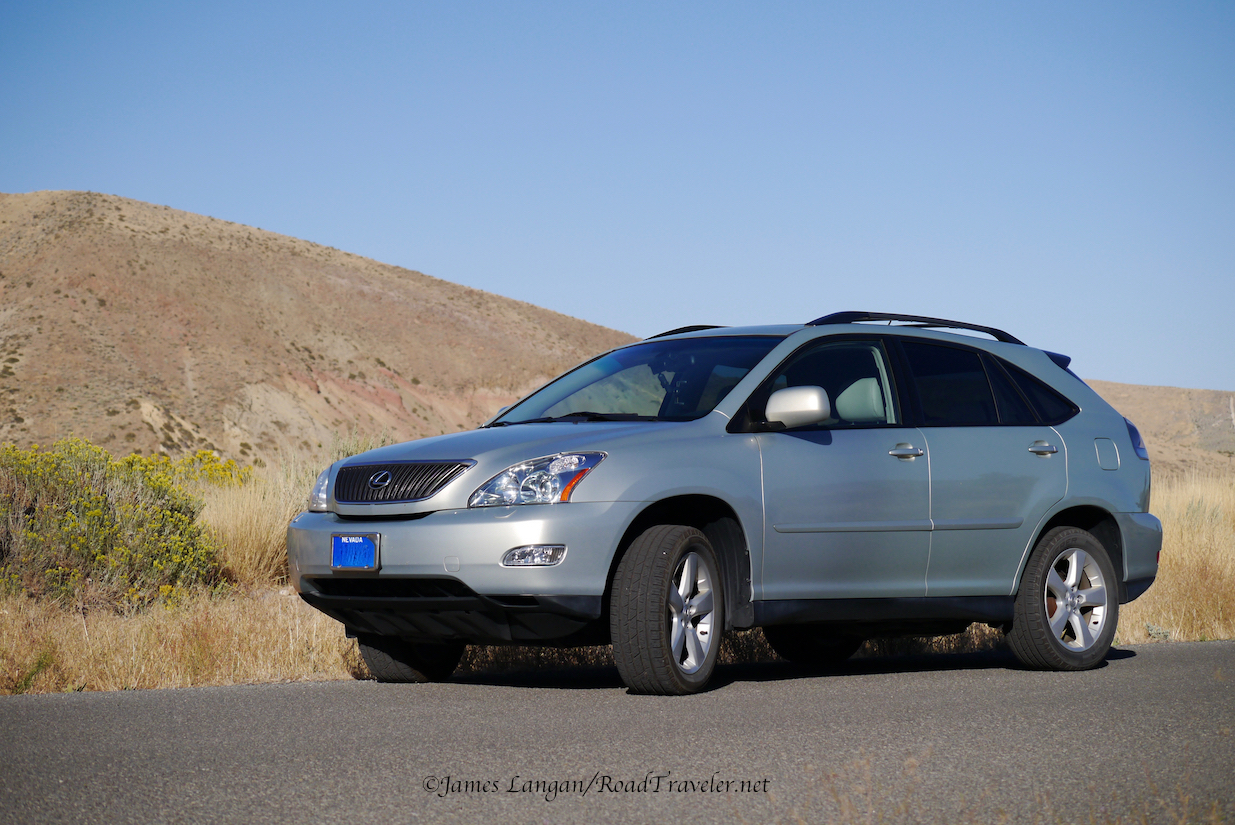
After returning from my test drive I downplayed the improvement to my wife, simply telling her the new tires were “fine,” not wanting to color her first impression when she drove her car. After her first-drive on the SRX Coopers, she was also extremely impressed, telling me that her little wagon drove much better. It actually made her like the car more.
Great All-Around Design
The SRX were mounted in late November 2017. Our winter was moderate in the Northern Sierra Nevada, but there was plenty of on-highway snow, ice, rain, and grit. After every slippery commute I solicited comments from my wife. She’d enthusiastically reply with how much safer and better her all-wheel-drive SUV drove, and didn’t slip, with the Cooper Discoverer SRX tires. The tread design and siping works. Our only minor critique is that the SRX sometimes follow rain grooves on concrete freeways. This is not unusual for a ribbed all-season. It has more to do with the roadway than the tires.
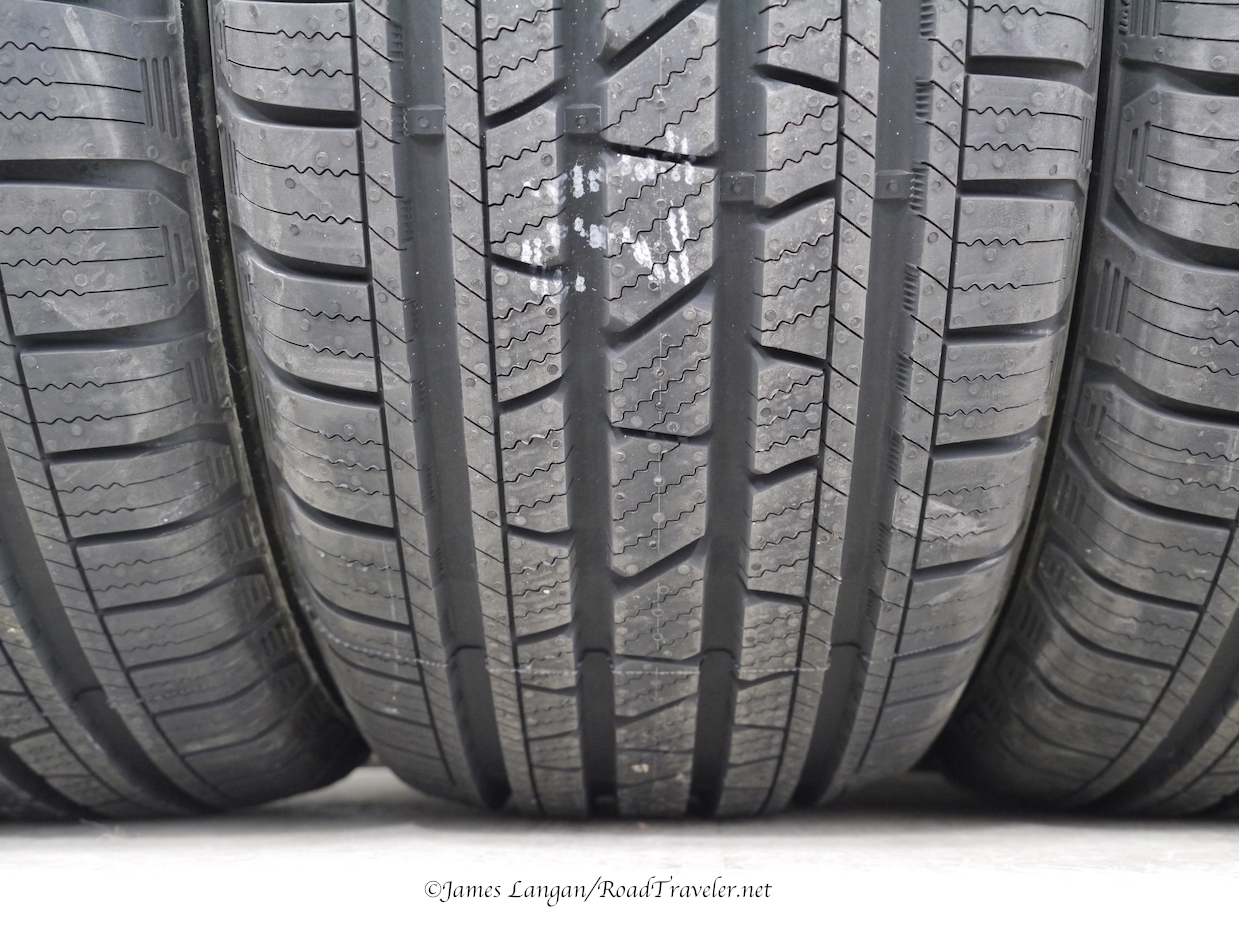
It’s important to have a good, matching spare, particularly for an all-wheel-drive vehicle. The original, 10-year-old spare was still tucked under the Lexus, so a fifth, matching SRX filled that need. Sticking with the stock, 235/55R18 size meant there were no challenges fitting the spare, the speedometer remained accurate, and the traction control and ABS systems remained happy.
Wear Data
The SRX are wearing evenly and similarly on both the front and rear axles. They received their first rotation slightly late, after 6,700 miles had been covered.
As this is written, we’ve logged 8,800 miles over 10 months, with the tread measuring about 9/32”, down from the original depth of 11/32”, for an impressive 4,400 miles per 1/32” of rubber.

As autumn and winter weather approach, we have the utmost confidence that these Cooper Discoverer SRX tires will take us anywhere we want to drive the little crossover SUV.
Gorilla Automotive Wheel Nuts and Locks
This car had factory Lexus/Toyota wheel locks. Sufficient, but not the brand or style that I prefer because the key-to-lock engagement is shallow.

For several years I have been using Gorilla Automotive locks on all my four-wheel-drives, so I inquired what might be available to fit the factory wheels. The standard, light truck wheel nuts and locks fit the original aluminum wheels perfectly, and were pretty much the only choice. That’s what I ordered. There was an optional bonus I was surprised and happy to learn.
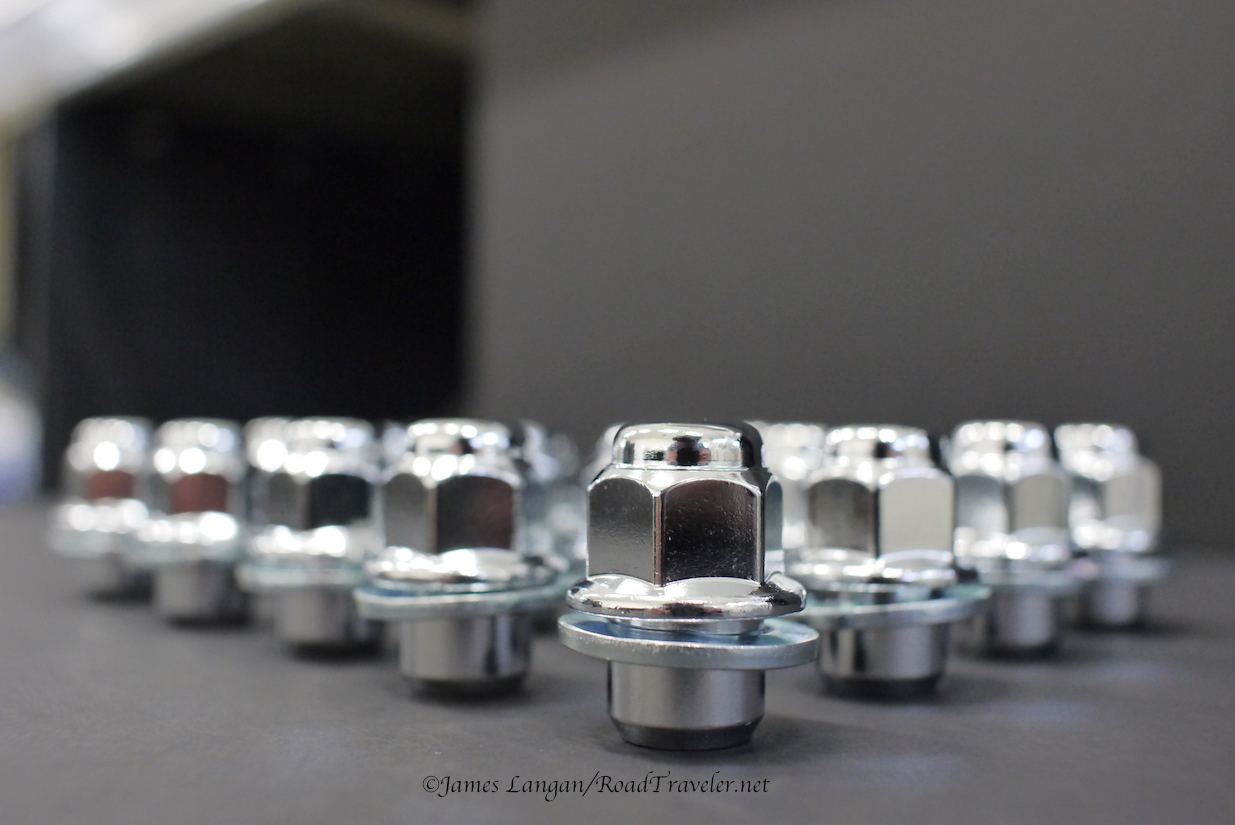
It was possible to order the wheel locks to accept the same key I was already using on my two late-model Dodge Ram 2500 pickups. Wow, awesome! I still ordered a few extra keys; we don’t like to be without them, one for my toolbox and a couple in the car. Having most of my vehicles in my garage using the same wheel key is fantastically convenient for routine maintenance.
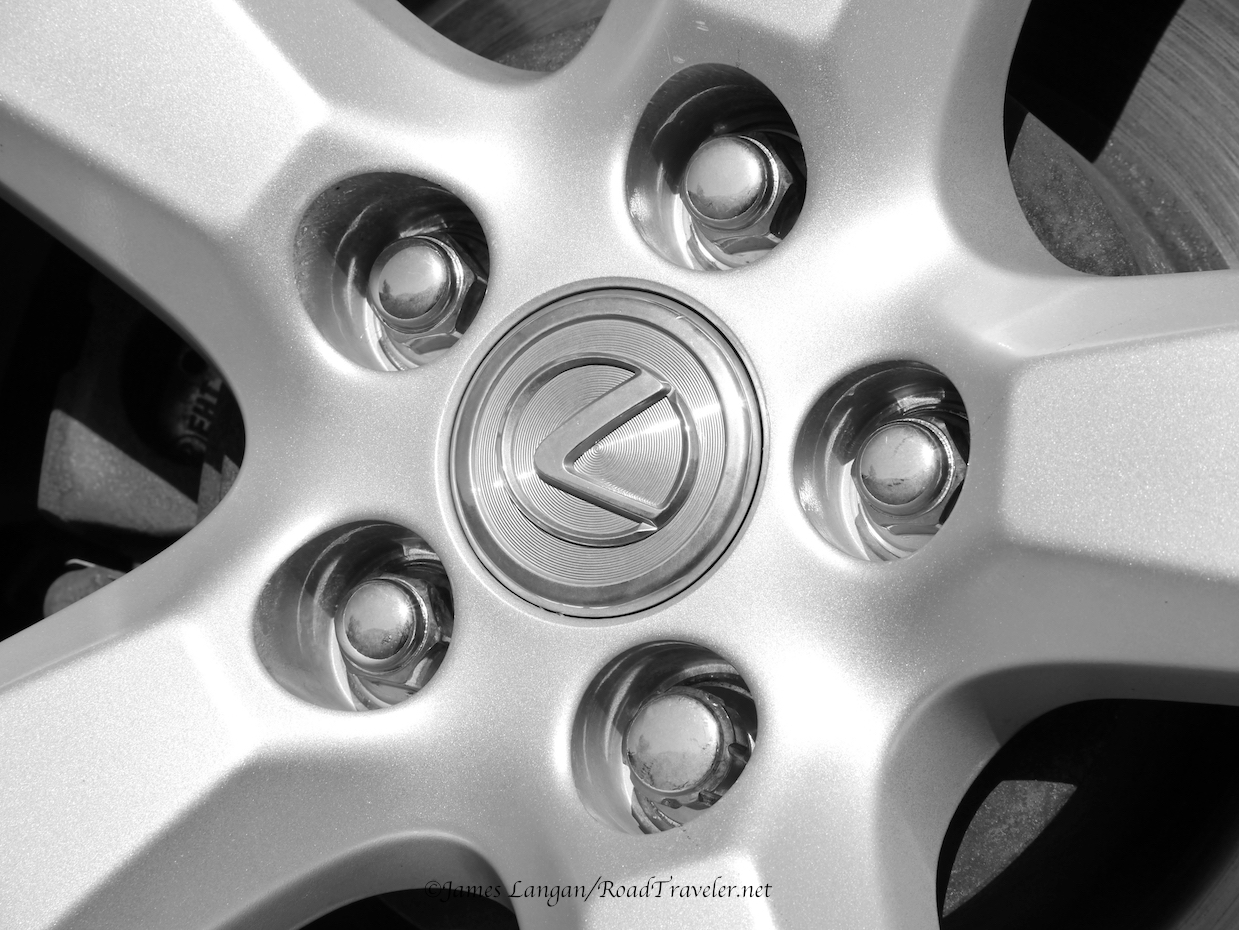
James Langan
Copyright James Langan/RoadTraveler All Rights Reserved
Resources:
Cooper Tires: Cooper Tires
Gorilla Automotive Products: Gorilla Automotive Products
Cooper Tires’ Scott Jamieson, Director of Product Management, gives us the rundown on the new AT3 4S, LT, and XLT designs at the 2018 SEMA Show.
Copyright James Langan/RoadTraveler
All Rights Reserved.
Resource:
At the 2018 SEMA Show, the Diesel Brothers introduced their new Legion tire brand, a collaboration with Cooper Tires.
Copyright James Langan/RoadTraveler All Rights Reserved.
Cooper Tires’ Discoverer S/T MAXX has been my favorite commercial traction/hybrid tread design since its introduction. I have experimented with four sizes on four different truck platforms, and suggested them to many friends and acquaintances. Two of my four-wheel-drives are still running the S/T MAXX, including the built, 2006 V-8 Toyota 4Runner with 4.88:1 gears in this video.
After a whopping 7,436 miles before the first rotation, mostly road miles, these LT285/75R16 Discoverer S/T MAXX are wearing impressively well and evenly. From their original, generous depth of 18.5/32″, the fronts are down to 16/32″, and the rears 16.5/32″, 2.5 and 2/32″ respectively. That’s an average of 3,300 miles per 1/32″ of tread, and excellent wear from a fairly aggressive, moderate-void tire on a full-time four-wheel-drive car. They were rotated using the rearward cross pattern.
Copyright James Langan/RoadTraveler
All Rights Reserved.
Source: Cooper Tires
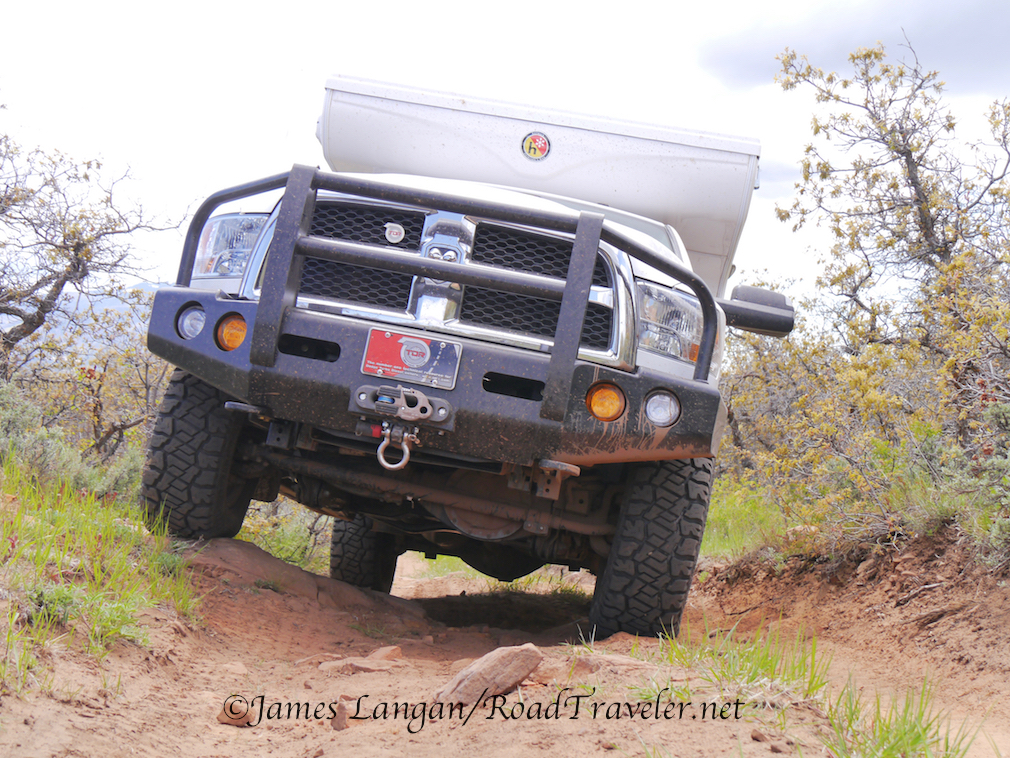
The Dick Cepek brand and the Fun Country tread: the names are icons. Mr. Cepek essentially started the aftermarket industry focused on enthusiast four-wheel-drives in the 1960s. Off-highway tires for the exploding Southern California and Baja desert scene were his initial product, before expanding to include shocks, tire-repair kits, jacks, and the other accessories that backcountry travelers needed and wanted.
At the time, the big rubber companies were content making very narrow and short tires for the OEMs, and were ignoring the burgeoning specialty market. Dick Cepek’s first offering was a farm-implement tread with a DOT rating, the Hi-Way Flotation, made for Cepek by Armstrong.
In 1978 Dick Cepek introduced the first Fun Country, a bias-ply design, which was huge by the standards of the day, 36” tall, 15” wide, made for 15” and 16.5” wheels. The first radial was introduced a couple of years later, and called the F-C.
Modern Versions
Since 2003, Cooper Tires has owned Mickey Thompson and Dick Cepek, but these brands are independently operated, and the relationship predates the acquisition by several years. Also in 2003, Dick Cepek introduced the F-C II, which advanced the cult following of both their brand and their unusual hybrid tread design.
Moderate noise, any-terrain traction, and winter grip have been consistent attributes throughout the generations of the Fun Country. My built and heavy 2011 Tundra project ran a set of 33” F-C II during most of my stewardship and thereafter with the new owner. They were removed after covering 47,065 miles, with 5.5/32” of the original 18/32” remaining, for an incredible 3,765 miles per 1/32” of tread depth.

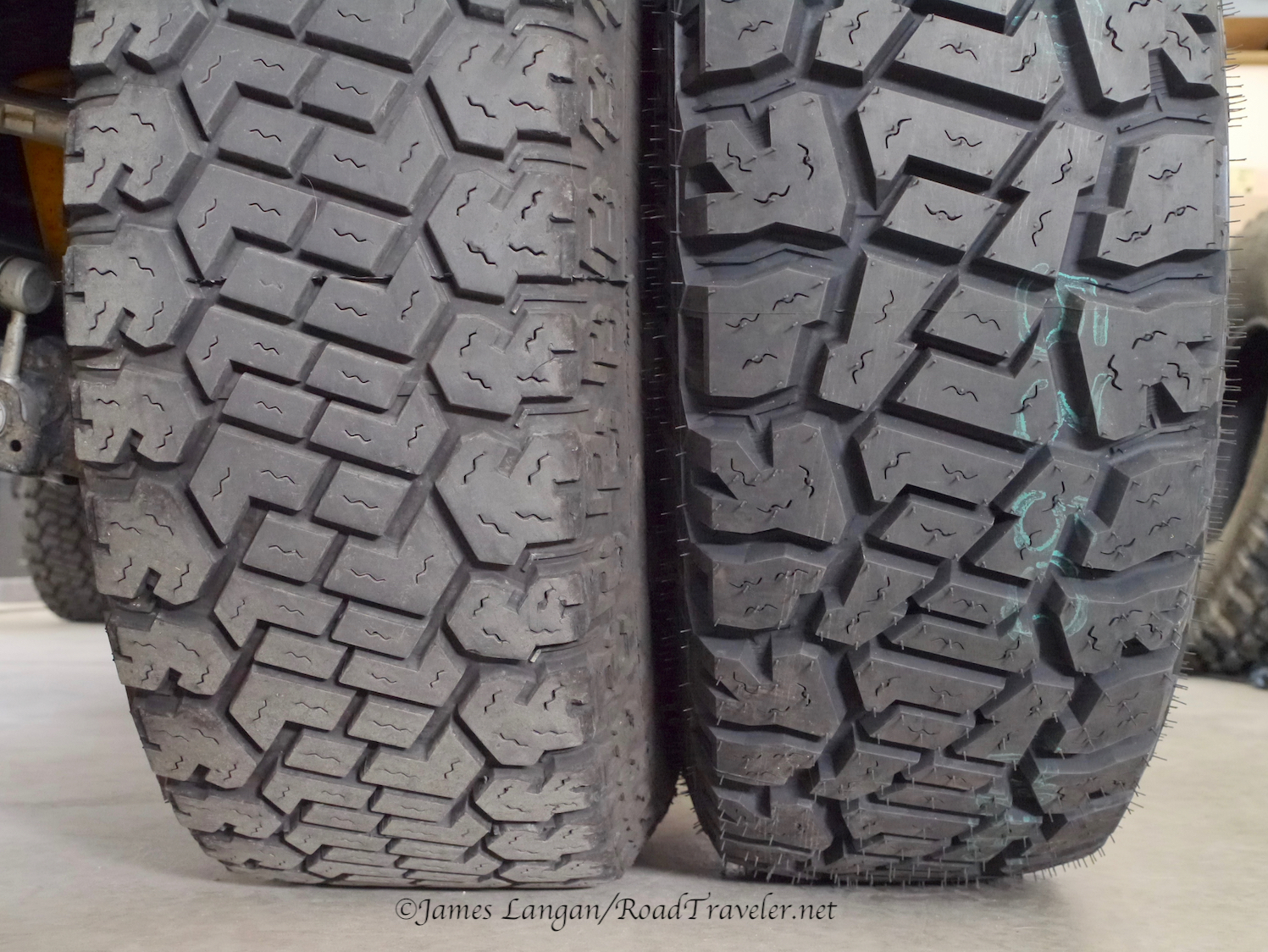
The current Fun Country was introduced at the 2012 SEMA Show, where it won a Global Media Award. The tread and construction had been updated and improved, though the heritage was clearly visible, including the unusual shaped sipes (like little seagulls), which I’m convinced are part of the secret traction recipe. It was the first aftermarket tire I put on my 2014 Ram Carryall, which was covered in TDR87 (pages 91-92). They performed well but were removed to make room for larger rubber. After a couple years I circled back to the Dick Cepek Fun Country, choosing the much larger 305/70R18 size, 12.5” wide, and a bit over 35” tall.
More Void, Special Sipes, Premium Construction, Specs
Even a cursory glance at the Fun Country will communicate the traction potential. Not a full mudder, and proportionally less noisy (but not quiet), they offer substantially more void to handle sloppy conditions compared to typical all-terrain designs. The first Fun Country was probably the original hybrid design offered to the enthusiast market (decades before hybrid was in vogue), and the newest Fun Country leans toward the aggressive side of the category.

The Fun Country has copious siping for such a high-void tire, just like the previous versions. Every block has at least one of the unusually-shaped seagull sipes, and the bigger blocks have three. Like the tread blocks themselves, the sipes are placed at various angles, which provides biting edges in nearly every direction when compared to simpler designs.
The compound is more cut and chip resistant than the previous F-C II, all sizes feature three-ply sidewall construction and 18.5/32” of depth. The shoulder Sidebiters™ mimic the tread design; they are a whopping 6/32” deep and also have micro siping! Of course, the Fun Country is M+S rated.
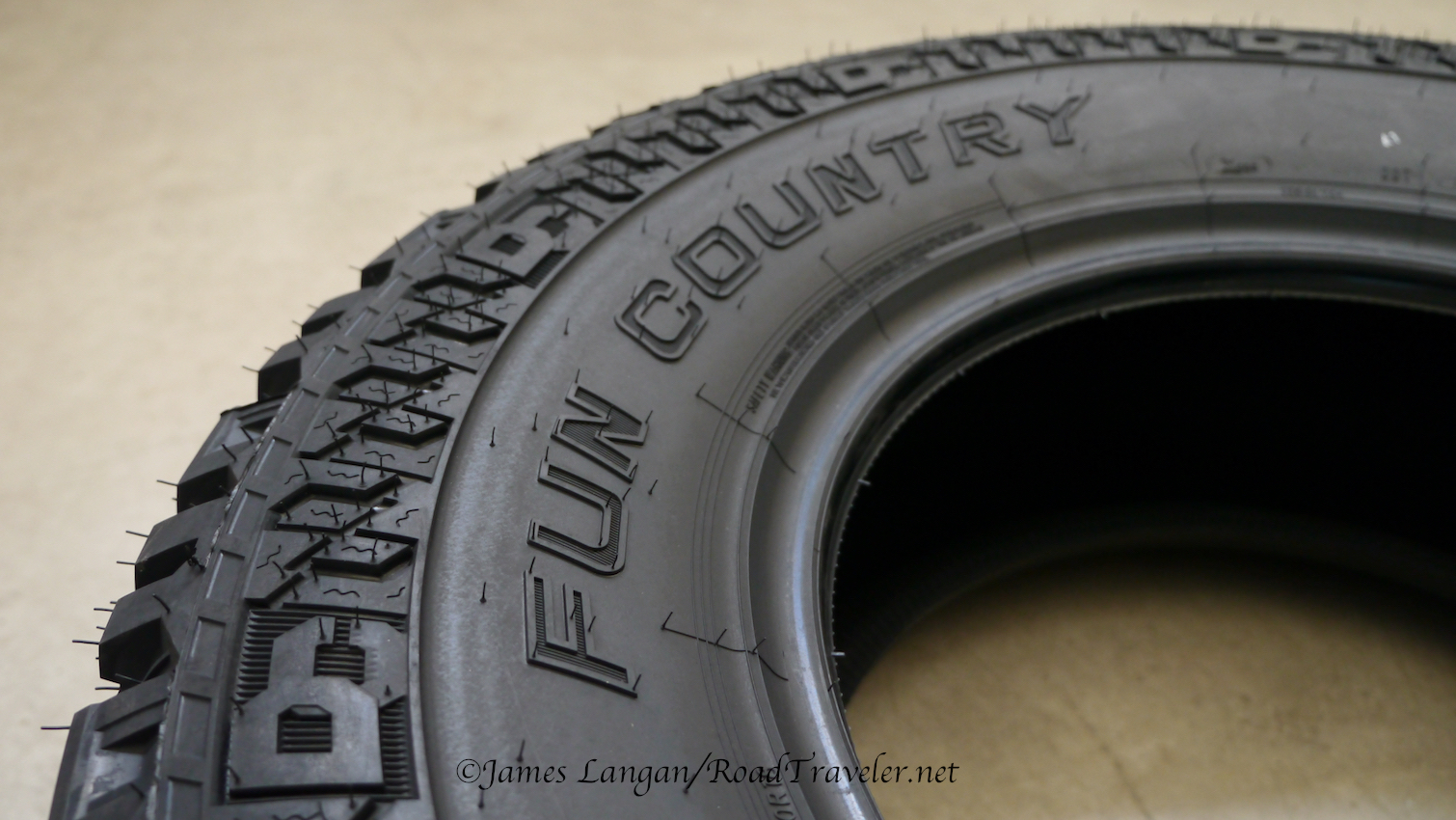

The 305/70R18 size is a bit wide for an 8-inch-wide wheel; 8.5” is the recommended minimum. I had zero problems with the 305s on factory aluminum 8” wheels, but some shops might balk at mounting this combination. With a load index of 126, and a 65-psi maximum, each tire is capable of supporting 3,750-pounds, with a speed rating of 99 miles-per-hour. My scale said they weigh 71-pounds each.
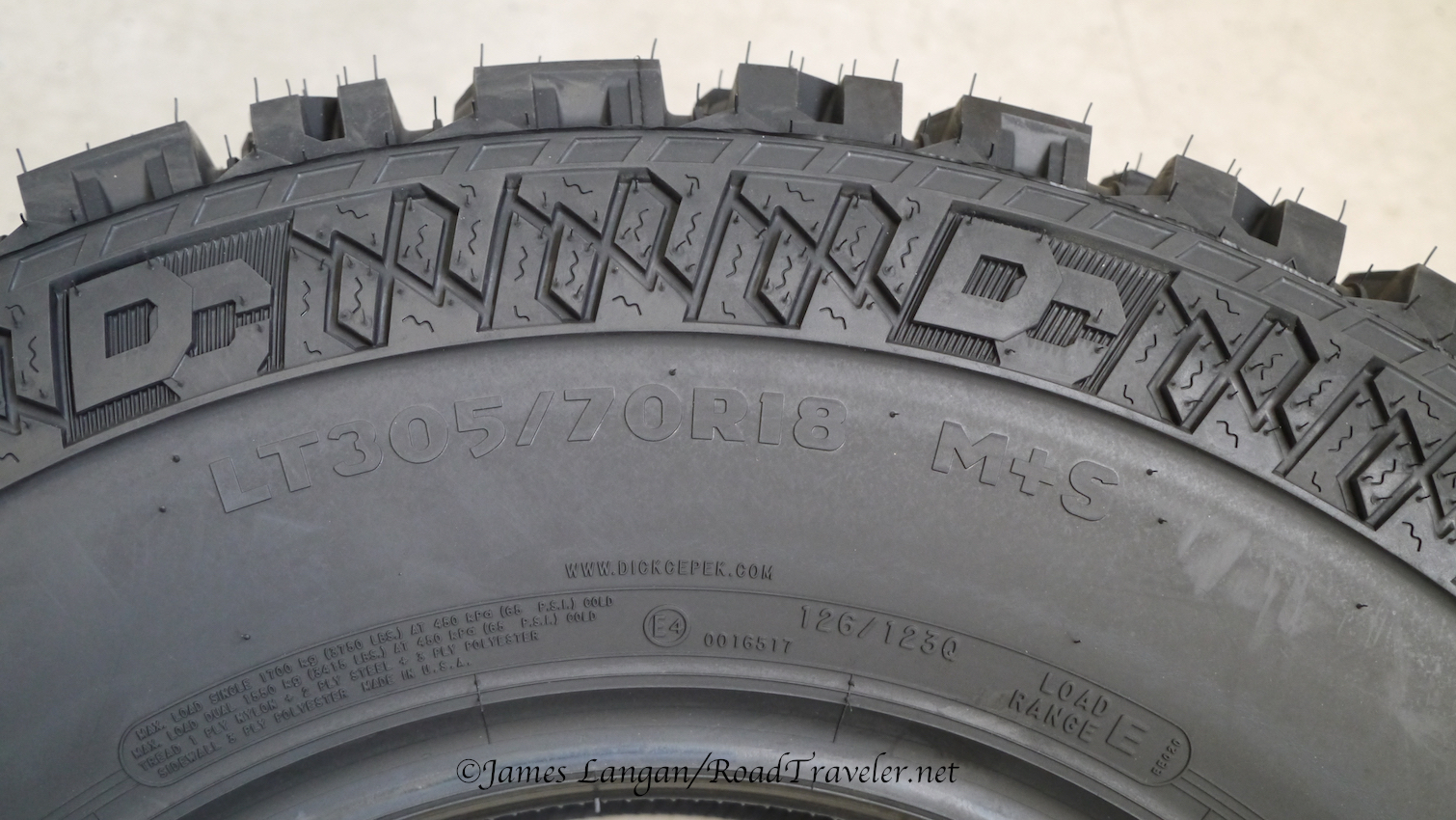
LT305/70R18 First Spin
Highway manners were excellent at all speeds. The 12.5” wide and 35.1” tall 305s are the tallest and widest rubber I’ve run on my Rams; they did not appear to extract a drivability penalty. The stock wheels keep the tires narrow and tucked under the fenders. There was some minor rubbing on the radius arms at maximum steering lock that removed a little paint (they just barely touched), but this didn’t cause any problems. If the occasional, slight rubbing is a concern, aftermarket wheels are a simple solution. Fourth Generation Rams handle larger tires extremely well. Both Ram 2500 trucks used to evaluate these meats have stock suspensions, not even a so-called leveling kit in front.
On- And Off-Road At GVWR
The 1,400-mile roundtrip highway drive from my home in Northern Nevada, to Flagstaff, Arizona, to attend 2017 Overland Expo West was pleasurable and uneventful. With a truck and camper gross weight of 10,000 pounds, the tires also delivered me to the Southwest for an annual backcountry excursion with a buddy after the show.
Several days were spent exploring and camping in remote places, with hundreds of dirt miles passing under the tread. We started adventuring at Monument Valley, advanced to the Valley of the Gods, and then drove deep into the Manti-LaSal National Forest northwest of Blanding, Utah. It was in this forest that I was able to really test some of the off-highway traction and self-cleaning attributes of the Fun Country.
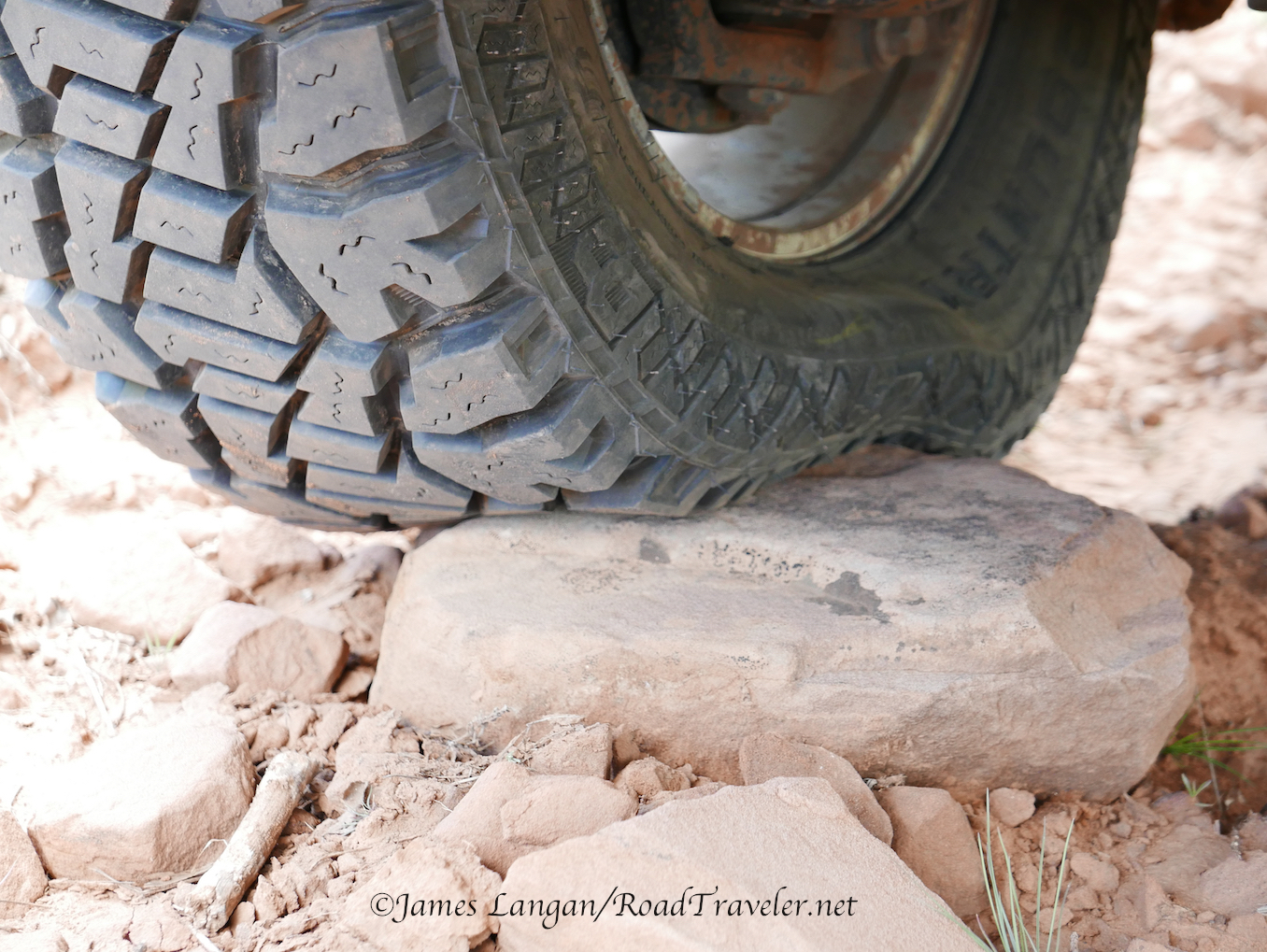
The trip was in late spring after a wet winter, and we headed for a camp at Deadman Point, 8,700’ above sea level. The shaded spur to this site contained numerous muddy puddles that were from two to several truck lengths long and several inches deep. This was not just a little bit of mud or water; the road often swallowing half of the 35-inch tall tires, submerging my White Knuckle Off Road sliders, scraping crossmembers along the bottom, and packing mud on the differentials.
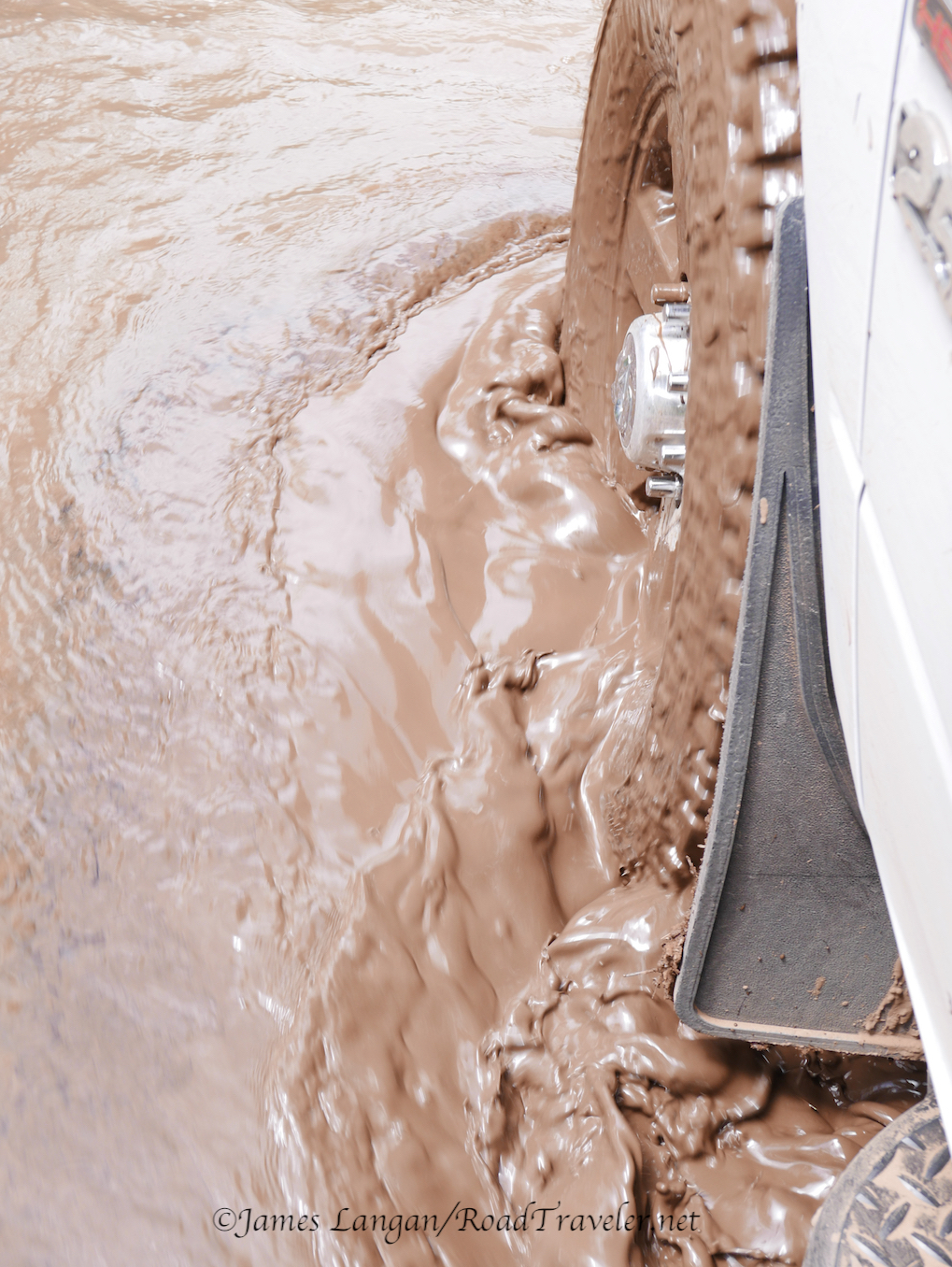
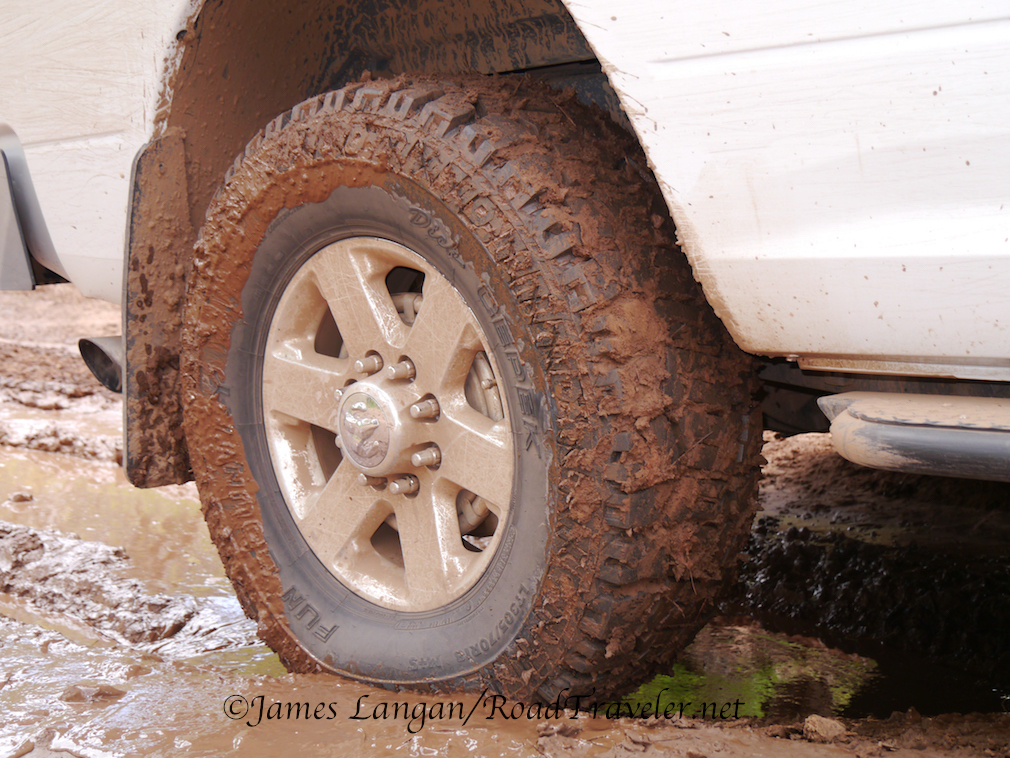
My preferred finesse driving, putting along in low range with minimal fuel from the skinny pedal, combined with the outstanding sloppy traction of the Fun Countrys, pulled me through all of the soft spots. There was no need to spin the tires to help clear the mud-packed lugs after each dunking. They self-cleaned easily at normal trail speeds over the dry sections between the muddy spots.
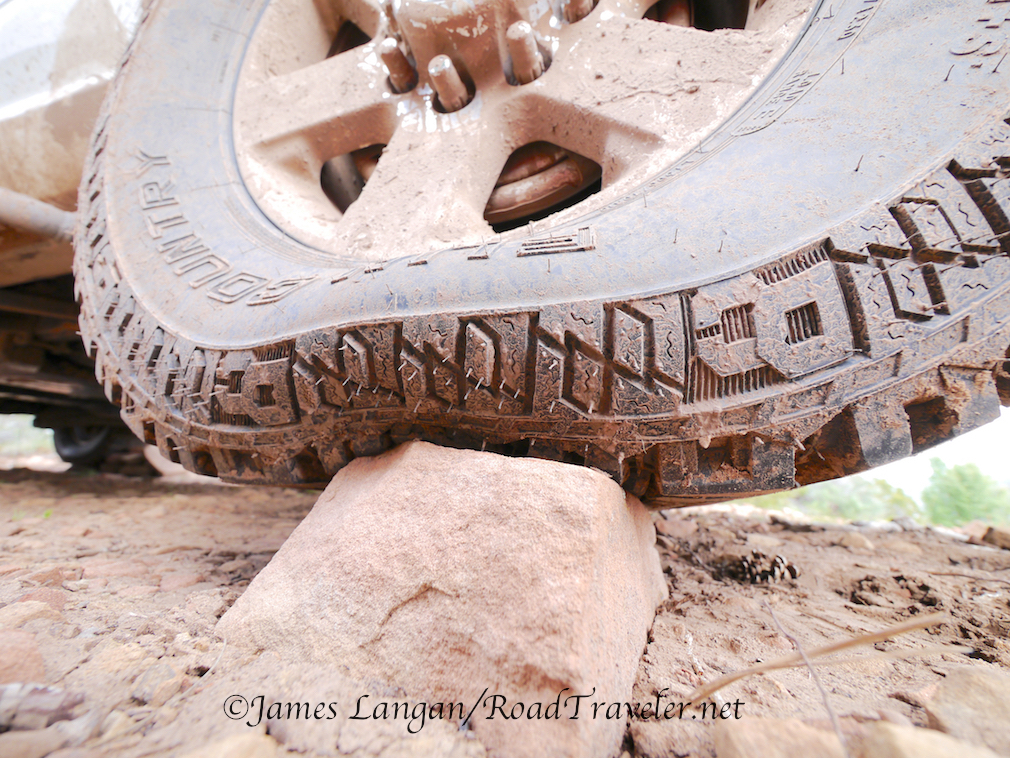
Long-term Wear
Evaluating longevity can be difficult. The same tread can offer vastly different wear on different vehicles, while the driver and conditions are also likely to skew results, often dramatically. My extensive experience evaluating tires on modern diesel pickups provides a solid foundation.
The weight, diesel torque, and manual transmissions on my rigs all contribute to rapid treadwear regardless of what’s mounted. More wear is typically seen on the rear axle, with much less on the front regardless of the brand or design. During the first 2,000 miles logged, including hundreds off-pavement, wear was an equal 1/32” on both axles. The even wear was atypical, but likely reflected the high percentage of highway miles.
To give this set of Fun Countrys a bigger daily driving challenge after duty on the 2014 Carryall crew cab, they were mounted on a 2016 Ram 2500 crew cab that sees much more commuting and personal-use city driving than my outfits. Harder starts, stops, and faster turning, generally contribute to increased wear compared to steady-state, long-distance travel. After another 12,000 miles, for a total of 14,088 miles, they were down an average of 11.5/32” (two at 12/32”, two at 11/32”). Regular rotations kept the wear even, just a hair over 2,000 miles per 1/32”. This is good for the application, duty-cycle, and aggressive tread deign. With the same 2016 Ram and driver, the OE Firestone Transforce HT lost 8.5/32” of their original 15/32” in 9,942-miles, a mere 1,170 per 1/32”!
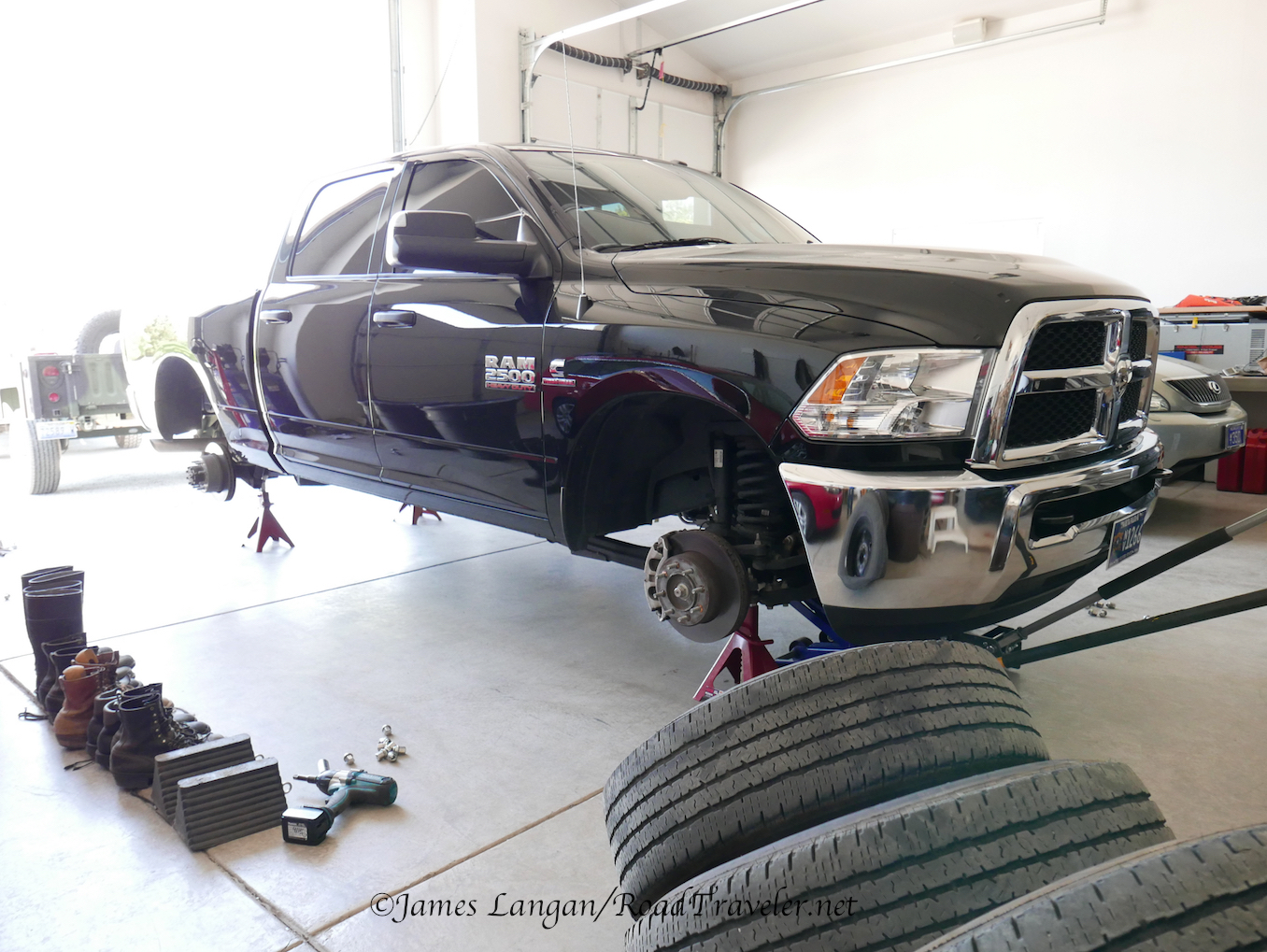
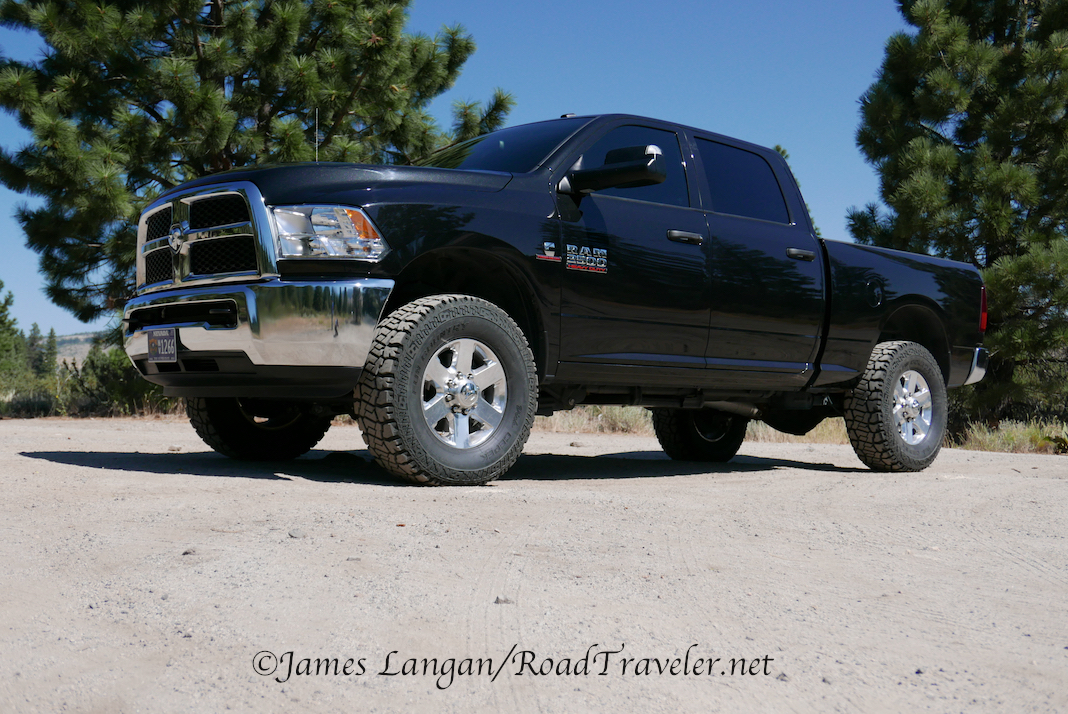
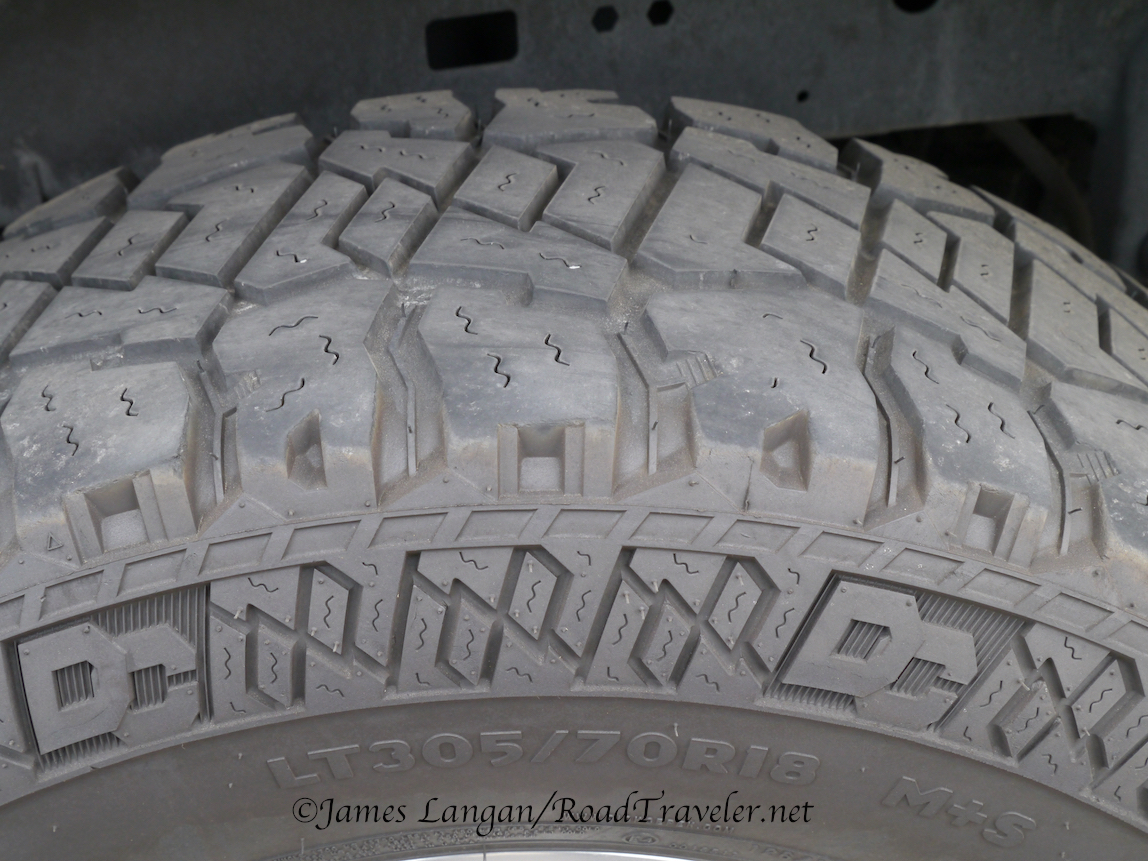
Most light-truck tires are better than in decades past, yet there are still differences in quality and function. The Deck Cepek Fun Country is a premium traction tire, Made In USA by an American company. The LT305/70R18 we tested are $312 each online from tirerack.com, an exceptional value.
The original and still one of the best, Dick Cepek and sister brand Mickey Thompson don’t advertise as much as some of the competition, though their truck tires are better than ever.
James Langan
Copyright James Langan/RoadTraveler All Rights Reserved.
A version of this article was also published in the Turbo Diesel Register magazine.
Source: